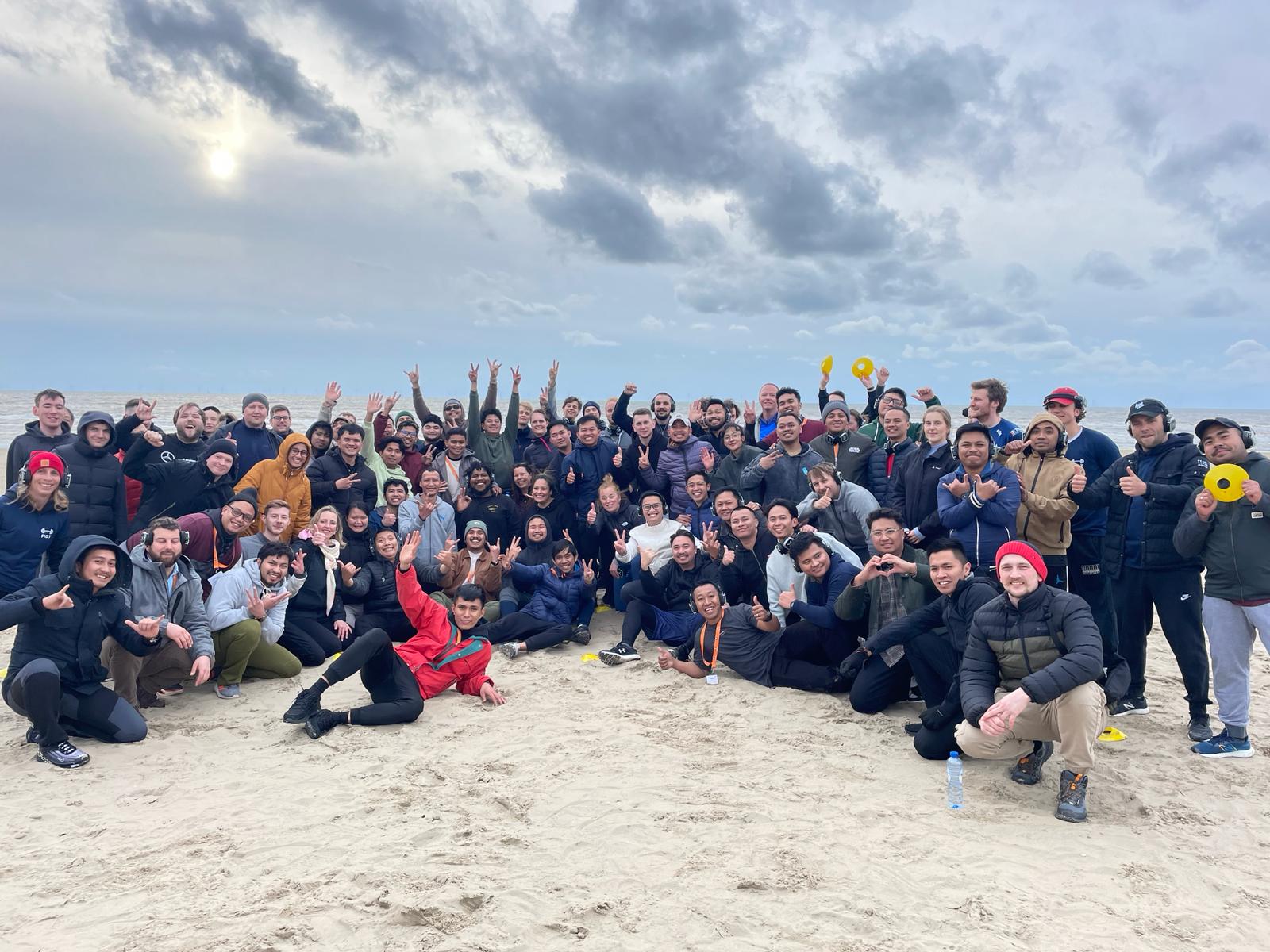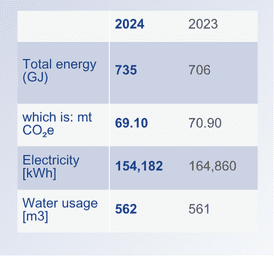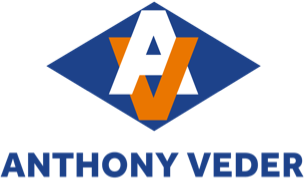
Sustainable growth report 2024
Sustainable growth report 2024
OTHER EMISSIONS
The emissions that are not related to the fuel and the vessel are categorised under ‘other emissions’. These include scope 2 emissions, such as our office building. and scope 3, such as goods and services. For scope 3 emissions not related to fuel, we use established calculation methods and estimation tools available through a dedicated platform.
Scope 2 emissions
The office building is connected to the district heating network in Rotterdam, which supplies hot water for heating. Of the hot water supplied, 61% is produced from waste heat, biomass, and energy from waste processing. The electricity consumed is from renewable energy.

Scope 3 emissions
The largest share of our scope 3 emissions are the well-to-tank emissions of the fuel we consume. These emissions are calculated using the emissions factors from AR5 (from the IPCC’s Fifth Assessment Report) and the EU Directive 2009/16/EC. For the remaining scope 3 emissions we have revised our calculation method. Previously, we collected limited emission data from suppliers covering areas such as food, air travel, and freight forwarding. Now, this data is estimated using either the spend-based method or the hybrid method via the Salacia platform:
Spend-Based method:
Applied to categories like purchased goods and services, upstream transportation, waste generated in operations, business travel, and employee commuting. Given the extensive number of suppliers, requesting emission data from each would be a significant undertaking. Instead, we rely on financial data and Salacia’s platform to estimate these emissions.
Hybrid method:
Combines supplier-specific activity data with secondary data to fill gaps. This approach was utilised for capital goods and implemented for the Coral Evolution, which joined our fleet in 2024. These updated methodologies allow us to more accurately measure and manage our scope 3 emissions.
